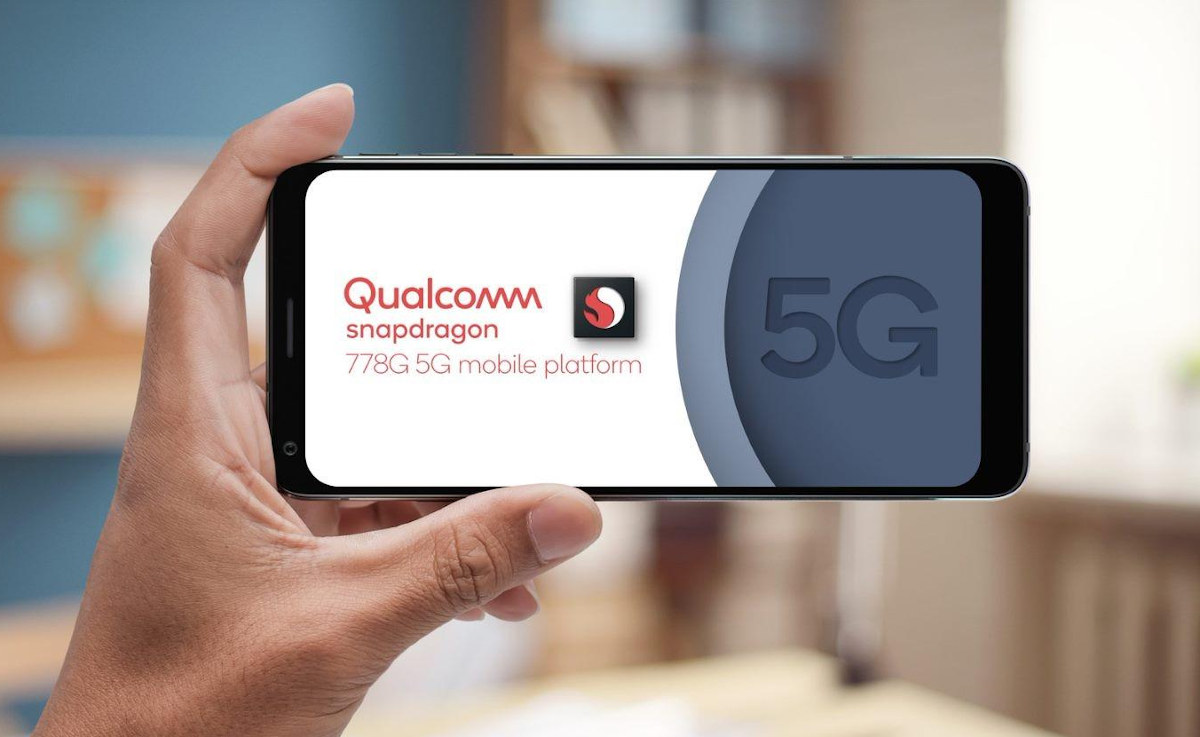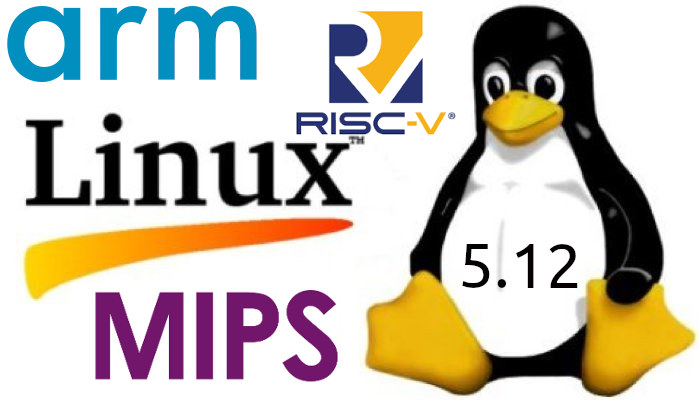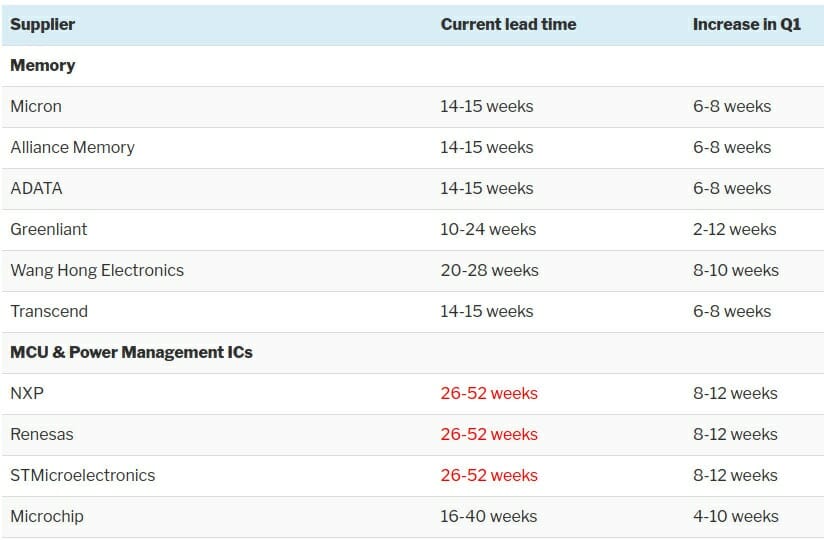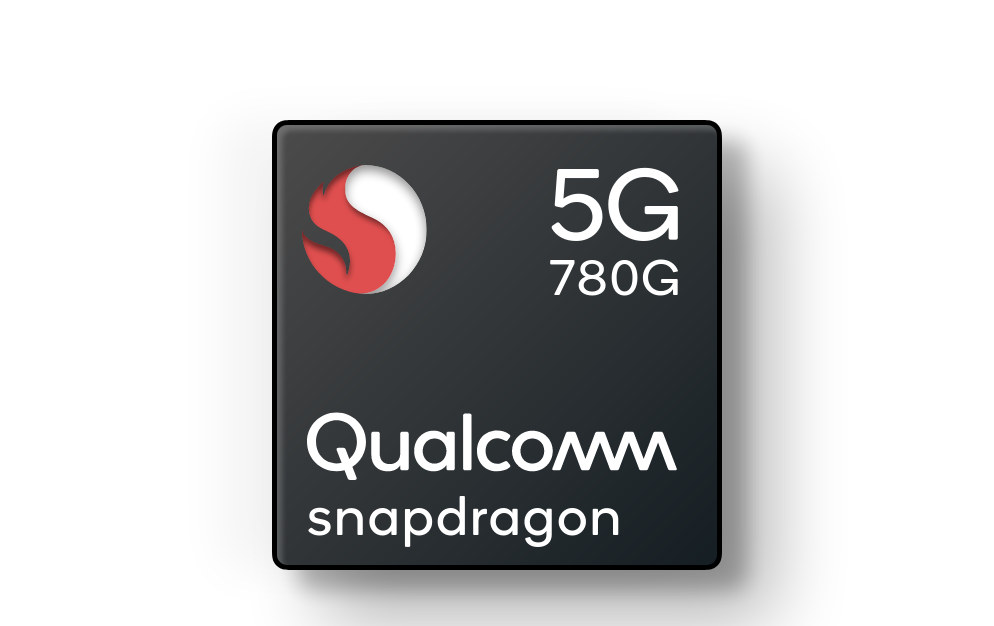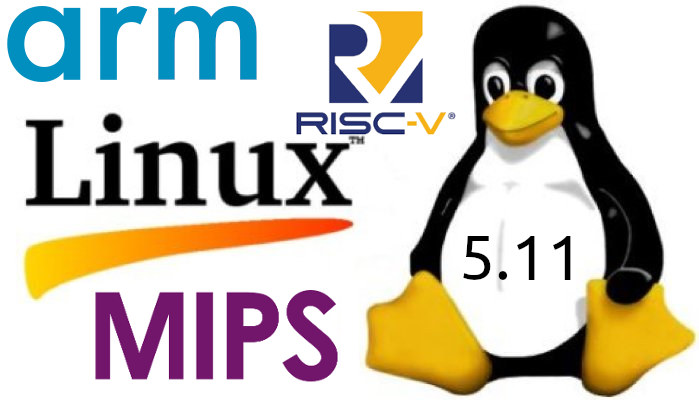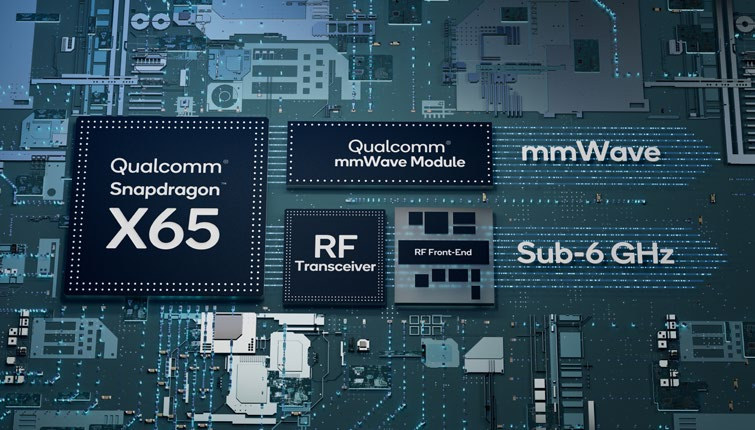There used to be “premium mid-range” smartphones, but Qualcomm now calls those “high-tier” smartphones in the recent announcement of Snapdragon 778G 5G processor succeeding Snapdragon 765G/768G 5G mobile platforms. The octa-core Cortex-A78/A55 SoC features a Snapdragon X53 5G Modem supporting up to 3.7 Gbps downlink, support FHD+ display up to 144 Hz, up to 16GB LP-DDR5 memory, and packs 12 TOPS of AI processing power. Snapdragon 778G (SM7325) specifications: CPU – Eight Kryo 670 CPU cores including 4x Arm Cortex-A78 @ 2.4GHz and 4x Arm Cortex-A55 @ 1.8GHz GPU – Adreno 642L with Vulkan 1.1, Snapdragon Elite Gaming features, H.265 and VP9 video decode, HDR10+, HDR10, HLG DSP – Hexagon 770 Processor with fused AI Accelerator architecture, Hexagon Tensor Accelerator, Hexagon Vector eXtensions, Hexagon Scalar Accelerator 2nd generation Qualcomm Sensing Hub Memory – Up to 16 GB LP-DDR5 memory up to 3200 MHz Display On-Device Display – up to FHD+ […]
Linux 5.12 – Main Changes, Arm, MIPS and RISC-V Architectures
Linux 5.12 release was expected last Sunday, but Linus Torvalds decided to release one more release candidate, namely Linux 5.12-RC8, to “make sure things are all settled down“, so the latest Linux kernel is now expected this weekend. Tihs should not yield any significant changes, so we can check what’s new in Linux 5.12, notably with regards to Arm, MIPS, and RISC-V architectures often used in SoC’s found in embedded systems. Around two months ago, the release of Linux 5.11 added support for Intel’s software guard extensions (SGX) and Platform Monitoring Technology (PMT), AMD “Van Gogh” and “Dimgrey cavefish” graphics processors, MIPI I3C host controller interfaces, and much more. Some interesting changes in Linux 5.12 include: Added support for ACRN hypervisor designed for IoT & embedded devices Added support for Playstation DualSense & Nintendo 64 game controllers, as well as Nintendo 64 data cartridges Dynamic thermal power management via a […]
Top 5 most powerful Arm SBC’s & Devkits in 2021
While companies like Hardkernel, Raspberry Pi, Orange Pi, and FriendlyArm offers affordable, great little Arm Linux development boards that are suitable for many projects, in some cases, your requirements may lead you to spend a bit more for either extra CPU power, more memory, AI processing power, faster I/Os and so on. That’s why I did a list of the most powerful Arm single board computers in late 2017, but with over three years passed since then an update is warranted. The boards from the list must be easily purchasable from individuals (with the cash to spare) or small companies, so we’ll exclude hard-to-source hardware, as well as Arm server boards like Ampere eMAG motherboard, that do not really qualify as single board computers. Snapdragon 888 Mobile Hardware Development Kit While there are plenty of Cortex-A72/A73 development boards around, it’s much hardware to find one with more recent Cortex-X1 or […]
Semiconductors lead times in March 2021
As we previously mentioned previously there is a serious chip shortage that will lead to supply issues and higher prices for single board computers and other electronics products. A few days ago, Hardkernel had o increase the price for ODROID boards using DDR4 memory with increases of $3 to $4 for ODROID-N2+, ODROID-C4, and ODROID-HC4 boards. But besides price increase, some semiconductors will not be available at any price with extended periods as lead times of up to 52 weeks have been reported as shown in the table below, obtained from a trusted, anonymous source, which I have translated from Chinese. Every manufacturer is impacted, but items highlighted in red are severely impacted. Since include processors from Qualcomm, STMicroelectronics, and NXP, as well as Broadcom wireless chips which are found in nearly every SBC with WiFi or Bluetooth through Ampak modules. Here’s the source image in Chinese for reference. Jean-Luc […]
Snapdragon 780G 5G SoC announced with 12 TOPs AI performance, triple ISP, WIFI 6E
Qualcomm has just announced an update to its Snapdragon 765G 5G processor with Snapdragon 780G 5G mobile platform equipped with Qualcomm Spectra 570 triple ISP (Image Signal Processor) and a 6th generation Qualcomm AI Engine that delivers up to 12TOPS AI performance, or twice that of Snapdragon 765G 5G SoC. As a “G” part, Snapdragon 780G comes with Snapdragon Elite Gaming features to improve the gaming experience with updateable GPU drivers, ultra-smooth gaming, and True 10-bit HDR gaming. Snapdragon 780G also updates its 5G modem with Snapdragon X53 with peak download speeds of 3.3 Gbps on sub-6 GHz frequencies, and supports premium Wi-Fi 6/6E and Bluetooth audio features offered on Snapdragon 888 premium SoC. Snapdragon 780G 5G (SM7350-AB) key features and specifications: CPU – Octa-core Kryo 670 processor with 1x Arm Cortex-A78 @ 2.4GHz, 3x Arm Cortex-A78 @ 2.2GHz, 4x Arm Cortex-A55 @ 1.9GHz GPU – Adreno 642 with support […]
Qualcomm unveils Snapdragon XR1 based AR smart glasses reference design
Qualcomm introduced the Snapdragon XR2 5G VR Reference Design last year based on their latest Snapdragon XR2 virtual/extended reality processor. But the company never designed a reference design for the earlier Snapdragon XR1 that was found in Google Glass Enterprise Edition v2. Better late than never, as the company has now announced the Snapdragon XR1 AR smart viewer reference design. If you happen to be a human not part of Qualcomm’s marketing team, you may wonder what an “AR smart viewer” is. The team behind the terms “Mobile Platform” (i.e. SoC + some companion chips), “Visual subsystem” (i.e. GPU, ISP, and stuff), is now bringing the new “AR Smart viewer” term for what commoners like myself used to call “smart glasses”. The reference design can tether to a compatible smartphone, Windows PC, or processing puck and is said to work best with other Qualcomm Snapdragon platforms. Some of the highlights […]
Linux 5.11 Release – Main Changes, Arm, MIPS & RISC-V Architectures
Linus Torvalds has released Linux 5.11 just in time for… “Valentine’s Day”: Nothing unexpected or particularly scary happened this week, so here we are – with 5.11 tagged and pushed out. In fact, it’s a smaller-than-average set of commits from rc7 to final, which makes me happy. And I already have several pull requests lined up for tomorrow, so we’re all set for the merge window to start. But in the meantime – and yes, I know it’s Valentine’s Day here in the US – maybe give this release a good testing before you go back and play with development kernels. All right? Because I’m sure your SO will understand. Linus Last time around, Linux 5.10 was an LTS release that added EXT-4 performance enhancements, improved post-Spectre performance, as well as the enablement of BCM2711 (Raspberry Pi 4) display pipeline, among other many changes. Some of the notable changes in […]
Snapdragon X65 is the world’s first 10 Gigabit 5G modem
Announced in 2017, the first Qualcomm 5G modem – named Snapdragon X50 – could achieve up to 5 Gbps downloads, it was following by Snapdragon X55 with peak download speeds of 7 Gbps, and Snapdragon X60 upped that to 7.5 Gbps in 2020. The company has now unveiled its fourth-generation 5G modem with Snapdragon X65 promising up to 10 Gigabit per second peak download speed. The new modem is also said to be the first to feature a 3GPP Release 16 modem-to-antenna solution and may be used in mobile broadband, fixed wireless, industrial IoT, and 5G private network applications. Qualcomm Snapdragon X65 key features and specifications: 10 Gbps peak speeds in 5G standalone and non-standalone modes 3GPP Release 16 support Cellular Technology – 5G NR, LTE, WCDMA (DB-DC-HSDPA), TD-SCDMA, CDMA 1x, GSM/EDGE 5G Spectrum – mmWave-sub6 aggregation, sub-6 carrier aggregation (FDD-TDD, FDD-FDD, TDD-TDD), Dynamic Spectrum Sharing (DSS) 5G Modes – […]


